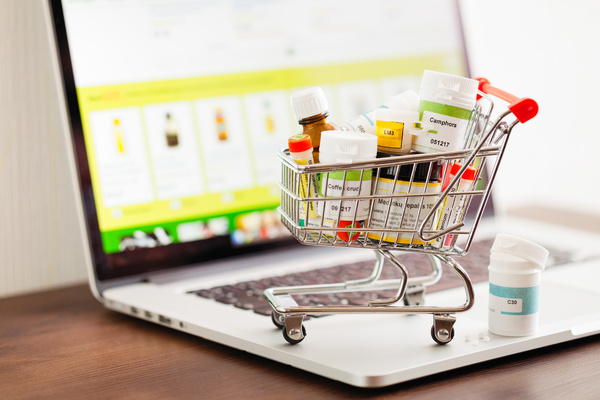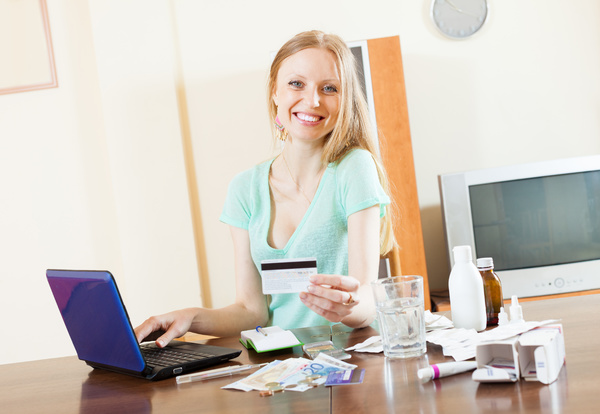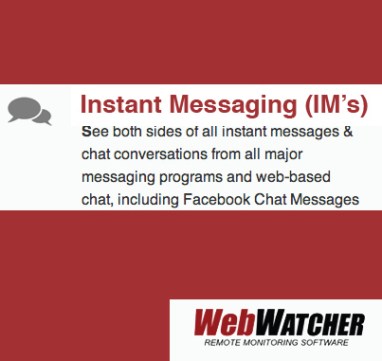Highlights:
- Teens can find drugs online in a variety of places, including social media.
- Emojis, money transactions, and internet history can tell you if your teen is involved in drugs.
- Talking to your teen openly about drug use and online drug sales helps keep the lines of communication open.
If you’re the parent of a teen, you’ve probably worried about them getting hooked on social media. But have you worried that they’ll get hooked on drugs on social media? You might need to. Drug dealers have found their way onto your teen’s favorite platforms, and they might have easier access than ever to drugs. Take a look at what you need to know about drugs on social media and how to protect your teen.
Where Are Teens Buying Drugs Online?

Depending on how you use the internet, you may find it unimaginable that people would use it to buy or sell drugs. Yet, they do. But the truth is, there are many places where teens go to find drugs online. Here are just a few:
- Online classified ads. You’ve probably heard of Craigslist, and there are other sites like it where a person can post classifieds. You may not recognize ads for drugs, because the people who post them use coded language so the ads don’t get flagged. But people in the know can find them.
- The dark web. If your teen is tech-savvy or has a friend who is, they may have the tools and know-how to access dark websites where people buy and sell nearly anything, including drugs.
- Online pharmacies. These may not be your first guess if you’re looking for a place that your teen might buy illegal drugs. But prescription drugs are popular among teens, both for recreation and self-medicating, and many online pharmacies are in a legally gray area and may not require appropriate documentation to be sure a prescription is legitimate.
- Social media. You might think that social media is too public a platform for selling drugs, but it happens. Here, too, buyers and sellers use coded language in order to hide their transactions in plain sight. They also use emojis – for example, a snowflake might symbolize cocaine, a diamond might symbolize crystal meth, or pill and candy emojis might symbolize ecstasy.
Where to Look for Drug Activity

During the pandemic, many people who didn’t necessarily spend a lot of time online before have been forced online. That includes students, who now do school as well as social activities online, giving them a lot more access. This also applies to drug dealers. The COVID-19 pandemic isn’t responsible for teens being able to buy drugs online, but you can bet that the activity has increased over the past year or so, and it puts your teen at risk. You need to know where to look for signs that your child is engaging in drug activity or is close to it. But where can you look?
Luckily, online activity often leaves a trail. One place to start is with any money-exchanging apps that your child uses, like CashApp, Venmo, or PayPal. These apps make it simple for anyone to send money to anyone else. Some of them are fairly anonymous or can be created under false names, further protecting the identity of those involved. Check your teen’s money apps for transactions that you don’t recognize or that don’t make sense to you.
Another important step is to follow your children on social media. Your child may not make drug transactions on social media themselves if they know you’re watching, even using coded language and emojis. But if you have enough access to see their timelines and conversations with friends, you might see other teens in your child’s circle making deals, and that will give you an idea of how close your child is to that kind of activity, or if a friend may be making purchases for them.
Another thing that you’ll need to do is check their actual devices. You can follow them on social media, but you can’t follow them to Craigslist, online pharmacy sites, and the dark web, nor can you see their texts and IMs. But if you have access to their physical devices, you can check their browser history, see their text and IM apps, and check out any tools or software they’re using.
Another option is to use parental monitoring software on their devices that will let you check all of those things as well as send you alerts about concerning activity and screenshots of apps, messages, and sites used on the phone.
Talk to Your Teen About Drugs
Most importantly, you need to discuss drugs and the possibility of online drug deals with your teen. Teens are wired to break rules and push boundaries, and to a certain extent, that’s healthy and normal, but drugs can be dangerous, and you want your teen to keep their distance.
At the same time, even if your teen keeps clean, they’re bound to know others who participate in drug activity. You could try to prevent them from interacting with teens who use in order to keep them away from that environment, but to be honest, they’re likely to push back.
Instead, you should talk honestly with your teen about drugs — what drug use looks like and what it does to users. Be open to your child telling you about the things they see and experience without being reactionary about it. Your teen is probably going to know other teens who experiment, who use drugs regularly, and even some who sell drugs. If they can talk to you about their worries and the pressures they feel, they are less likely to use themselves.
Parental monitoring software can help you keep an eye on your teen’s activity on any device and let you know when there’s something that you need to be concerned about. That way, you can stay on top of it and step in before a problem develops. To find out how it works, get our free trial.





